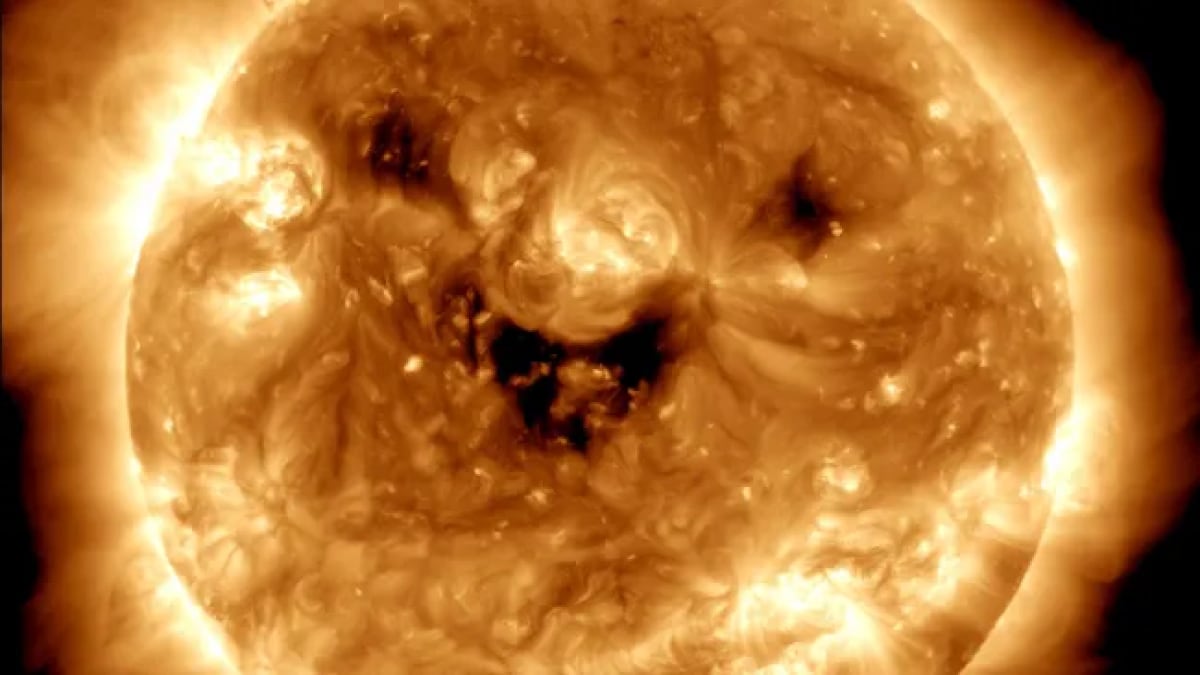
The sun’s activity, currently at its peak during solar maximum, may not wane as expected. Experts warn that the next phase, termed the “battle zone,” could intensify space weather, posing risks to satellites and technology on Earth. This new phase, projected to begin as solar maximum ends, has raised concerns due to heightened geomagnetic activity. Reports suggest this period could persist until 2028, creating conditions that amplify solar disturbances.
Uncharted Phase in Solar Cycle
The “battle zone” describes a phase of the solar cycle where overlapping magnetic fields, known as Hale cycle bands, are present in each hemisphere of the sun. This phenomenon has been described in reports by Lynker Space, a company focused on space weather prediction. Scott McIntosh, Vice President of Lynker Space, stated to Live Science that geomagnetic activity could surge by 50 percent during this period. He added that the prolonged impact of solar storms and the emergence of coronal holes would significantly enhance disturbances in Earth’s upper atmosphere.
Increased Solar Winds and Risks to Satellites
Coronal holes, large dark regions on the sun’s surface, are expected to become more prominent during this phase. These regions release streams of charged solar particles at high speeds. Such events can increase atmospheric drag on satellites, potentially leading to malfunctions or orbital decay. McIntosh highlighted the heightened vulnerability of low-Earth orbit satellites, given their exponential increase, now numbering approximately 10,000.
Implications for Earth and Space Technology
While the battle zone poses little direct risk to life on Earth, its impact on technology could be significant. Satellite operators and space agencies are likely to face challenges in managing spacecraft due to increased geomagnetic activity. For aurora enthusiasts, however, the intensified solar activity could result in more frequent and vivid displays of the northern and southern lights.
As solar science continues to evolve, this phase underscores the importance of monitoring the sun’s activity to mitigate potential impacts on global infrastructure.



